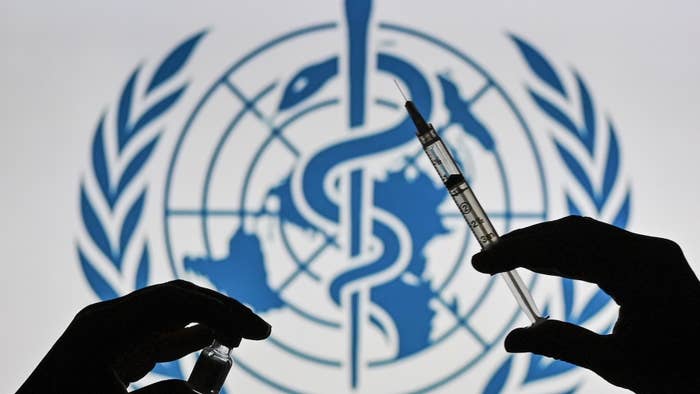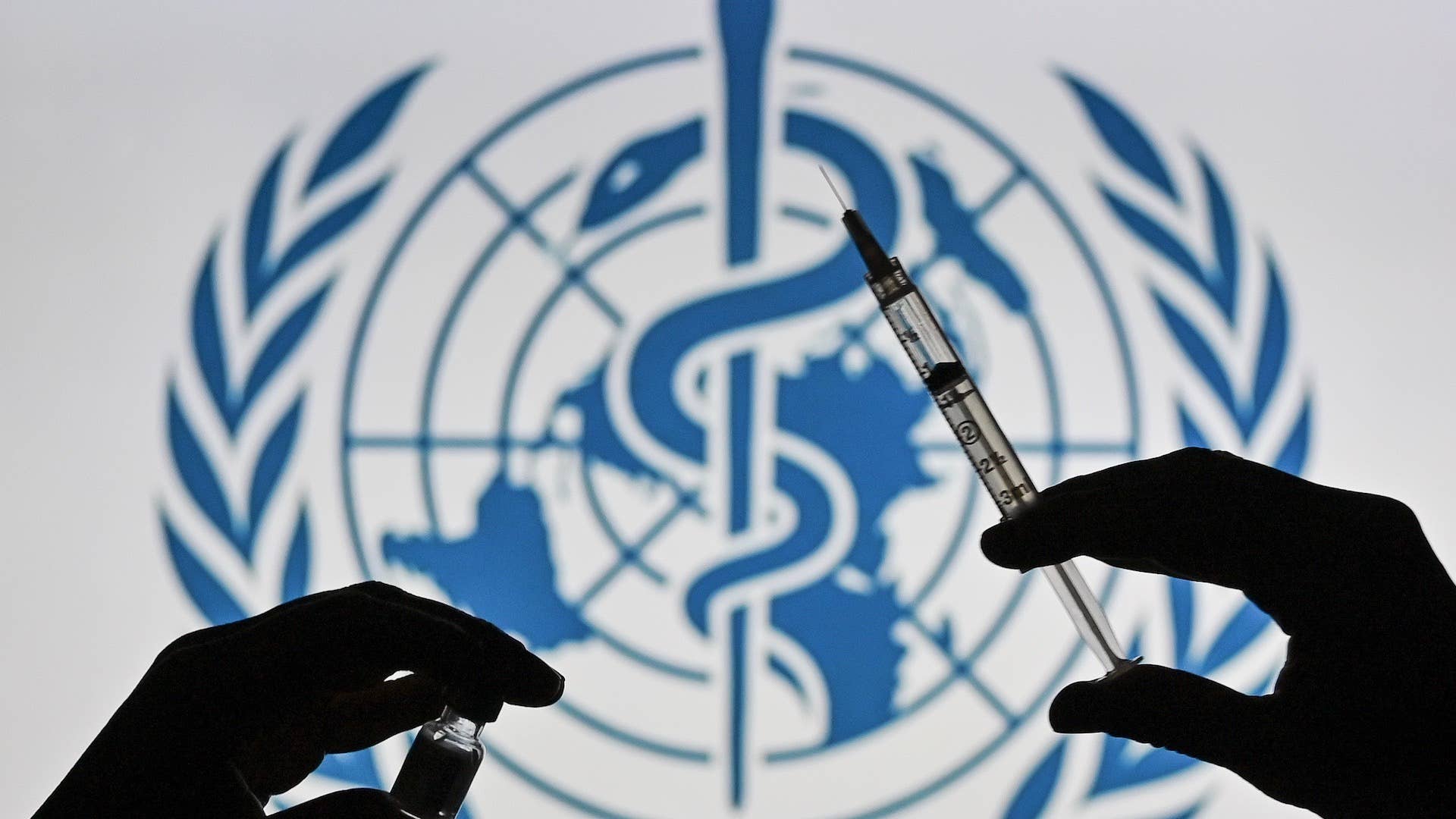
UPDATED 2/3, 10:50 a.m. ET: The World Health Organization is now monitoring four “sub-lineagues of the Omicron variant of concern,” stated WHO Director-General Tedros Ghebreyesus this week.
“It’s premature for any country either to surrender, or to declare victory,” he said. “This virus is dangerous, and it continues to evolve before our very eyes.”
Al Jazeera reports Omicron “accounts for more than 93 percent of all coronavirus specimens collected in the past month.” BA.2 has been the most recent variant of concern and has now been detected in 57 countries; it could be “substantially” more transmissible than BA.1, per the BBC, but not necessarily more severe. Deadline adds that “epidemiologists say it’s early days in terms of understanding BA.2, much less BA.1.1 and BA.3, about which very little information is available.”
See original story below.
As the United States continues to grapple with COVID-19, health officials around the world are keeping their eyes on BA.2—an Omicron subvariant that has been found in several countries across the world.
The World Health Organization announced this week that it continues to investigate the mutations of BA.2, which is widely known as the “son of Omicron.” Experts say it is unclear when and where the new version first emerged, but say it has been detected in 40 countries and multiple U.S. states, including California, New Mexico, Colorado, and Texas. However, experts say there it is too early to tell if BA.2 will cause as much harm as the original Omicron strain, known as BA.1.
“I don’t think it’s going to cause the degree of chaos and disruption, morbidity and mortality that BA.1 did,” Dr. Jacob Lemieux, a Boston-based infectious disease specialist, told USA Today. “I’m cautiously optimistic that we’re going to continue to move to a better place and, hopefully, one where each new variant on the horizon isn’t news.”
It’s unclear whether BA.2 is more deadlier than the original Omicron, whether someone who was infected with Omicron can be sickened by BA.2, or if it’ll hamper the efficacy of vaccines; however, some experts say there is evidence that the variant is more transmissible than its predecessor.
“Unfortunately this is really where the evidence mostly ends – we do not currently have a strong handle on antigenicity, severity or a much evidence for how much more transmissibility BA.2 might have over BA.1—however we can make some guesses/early observations,” tweeted Tom Peacock, a researcher at Imperial College London “*Very* early observations from India and Denmark suggest there is no dramatic difference in severity compared to BA.1. This data should become more solid (one way or another) in the coming weeks.”

